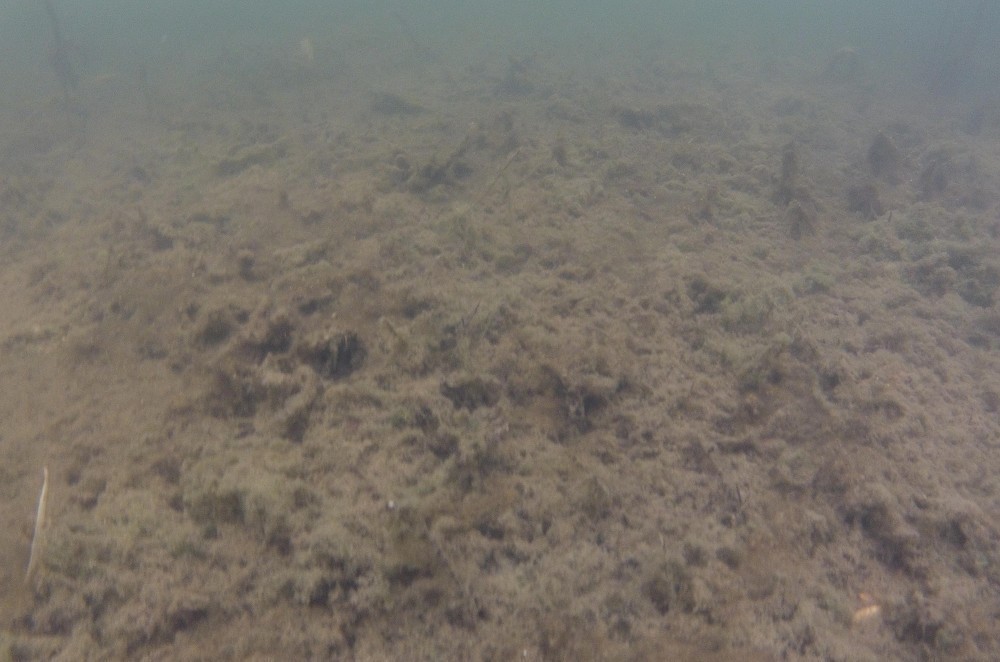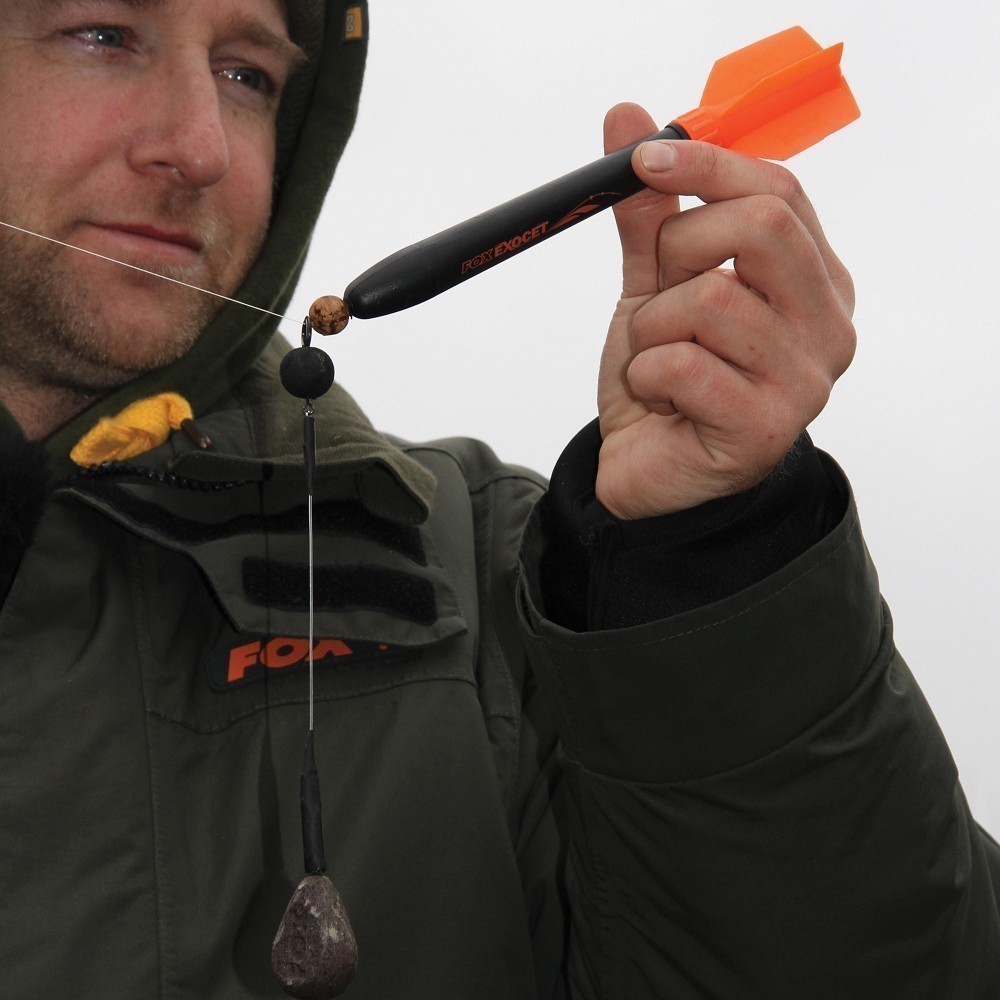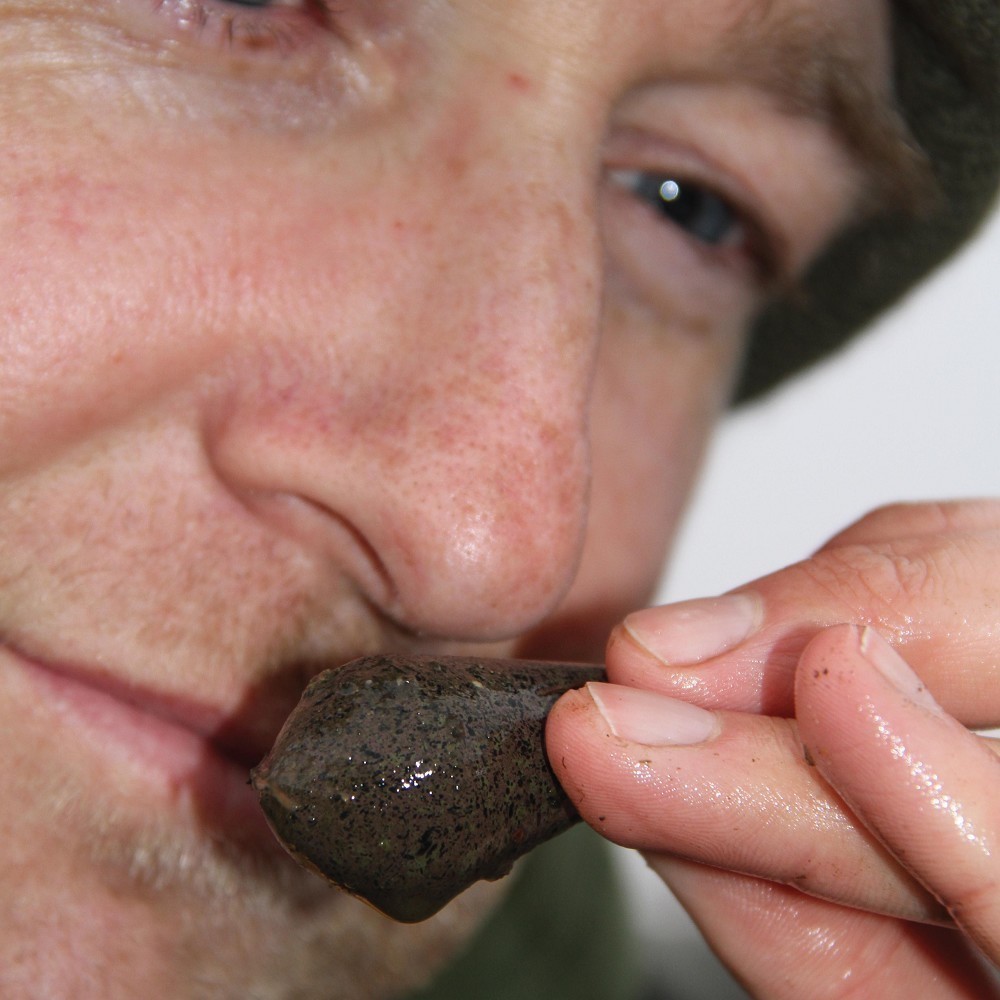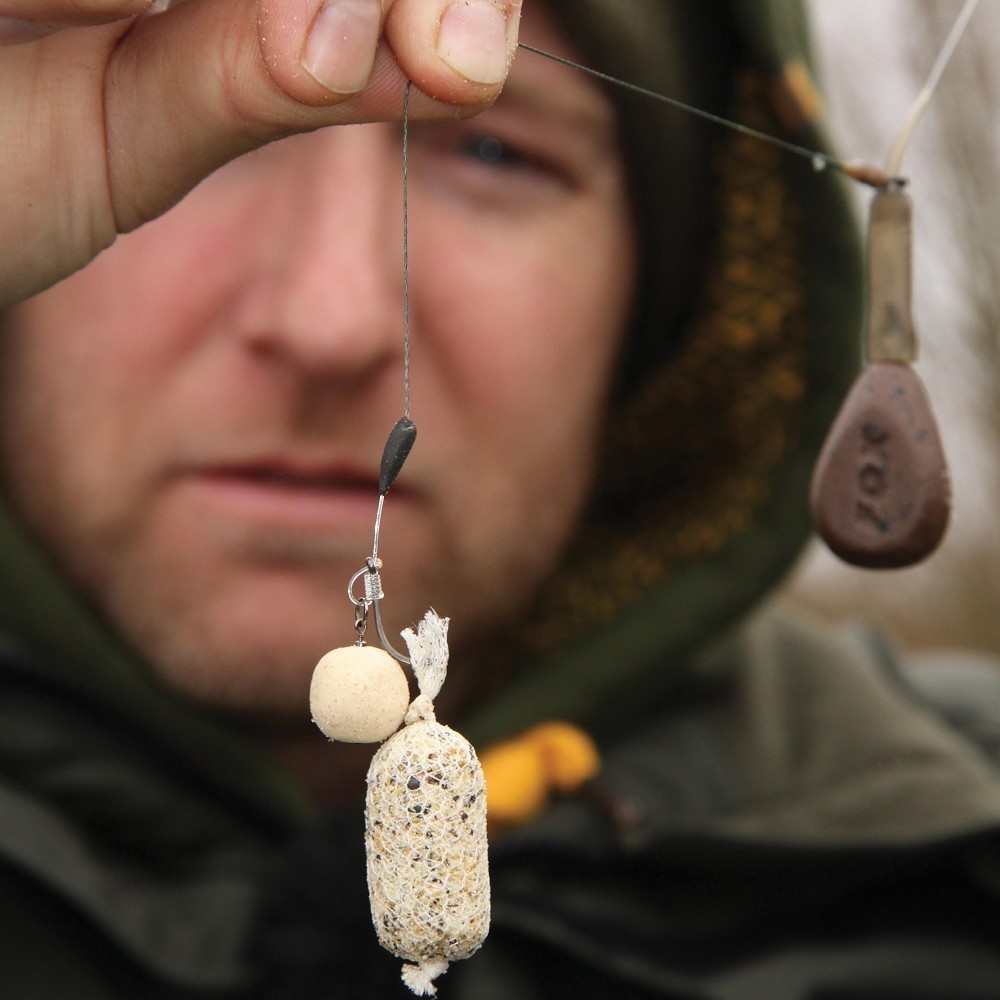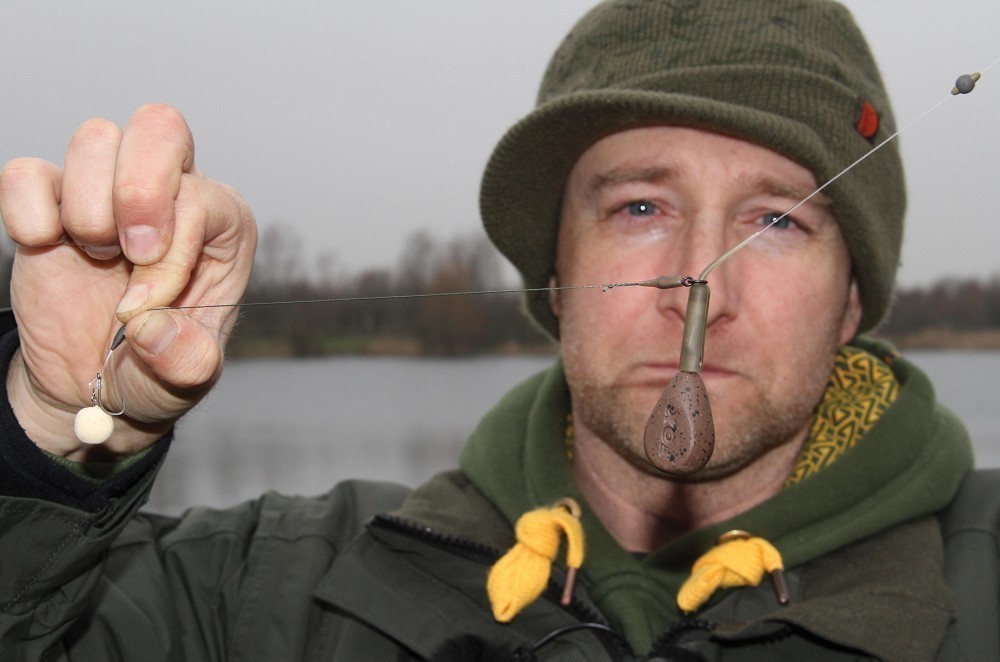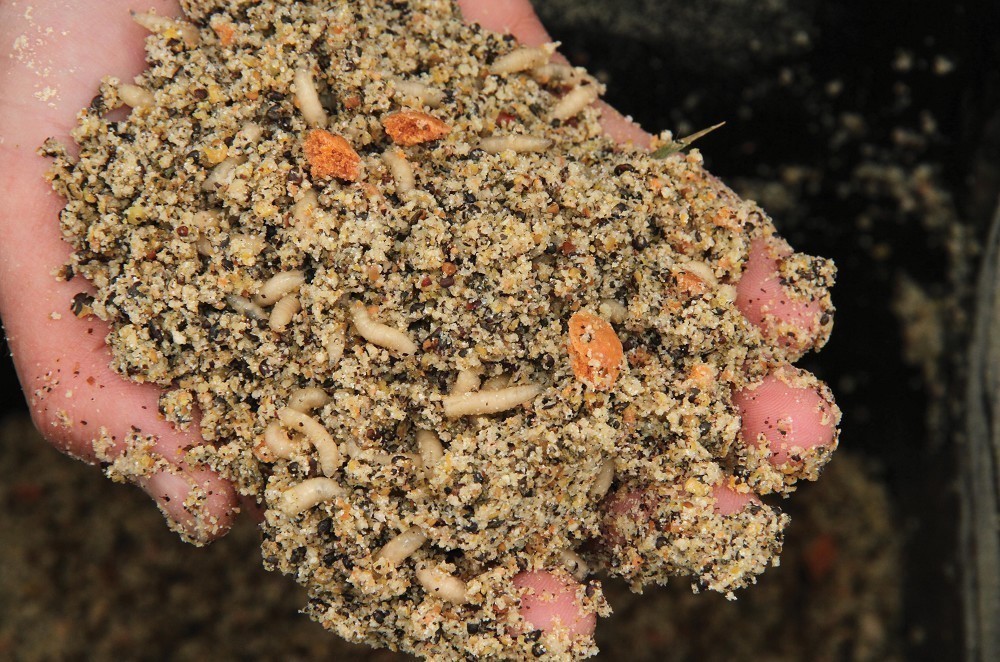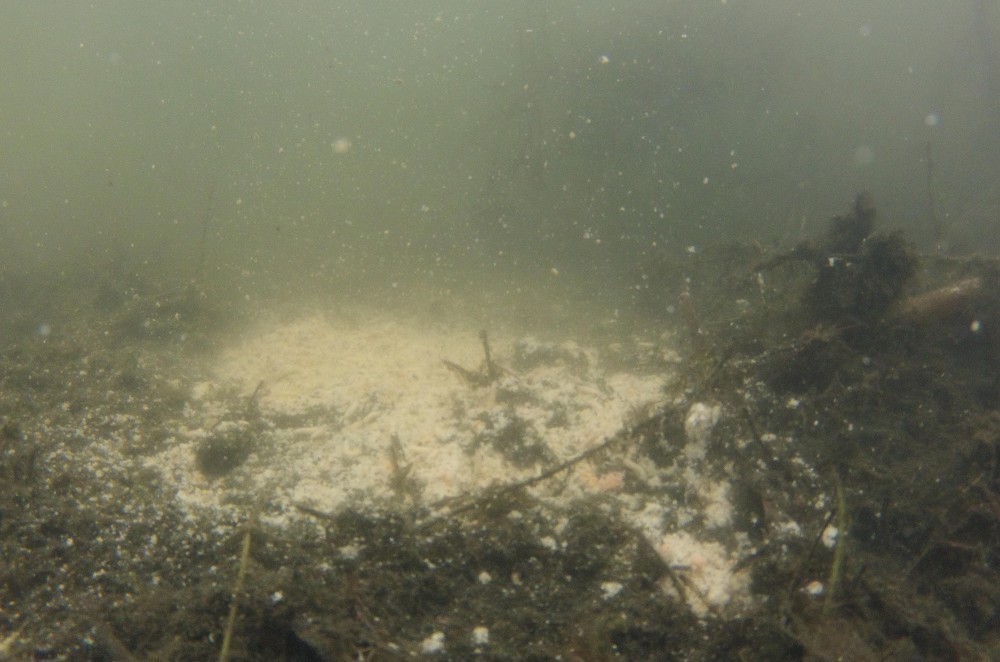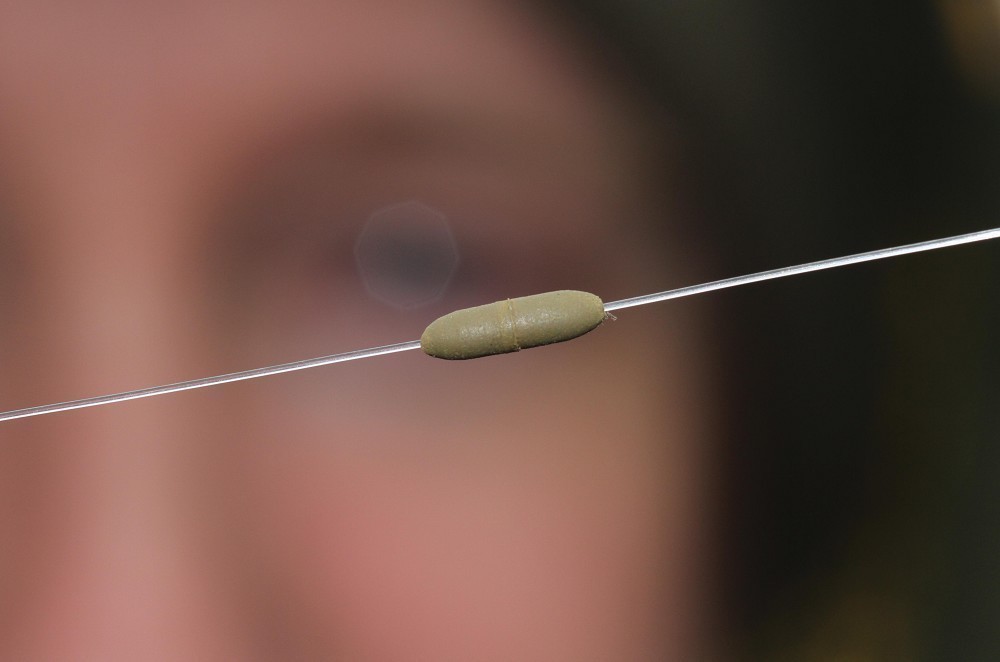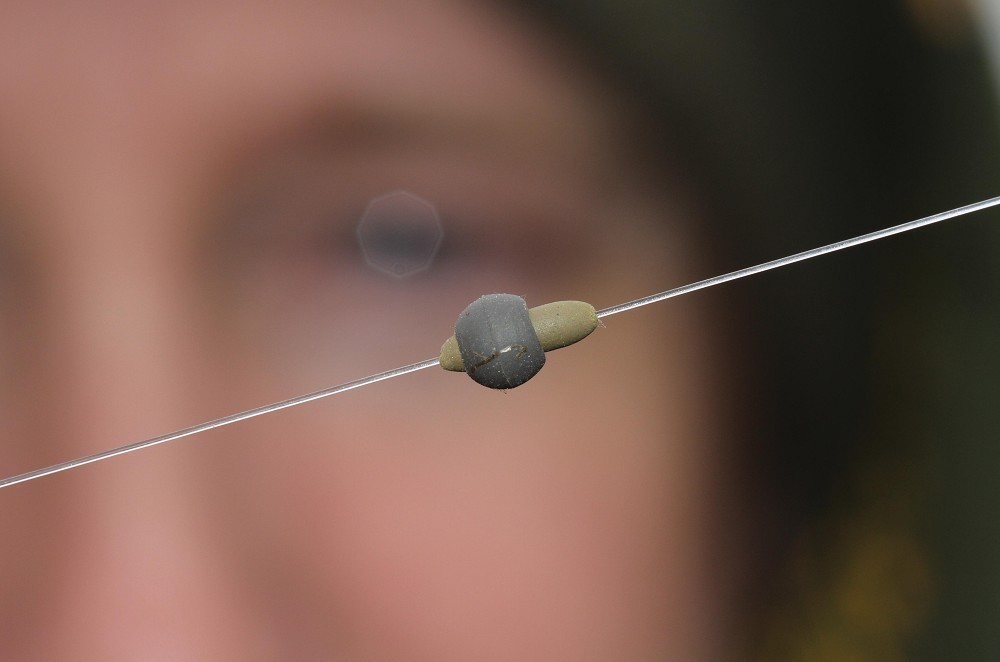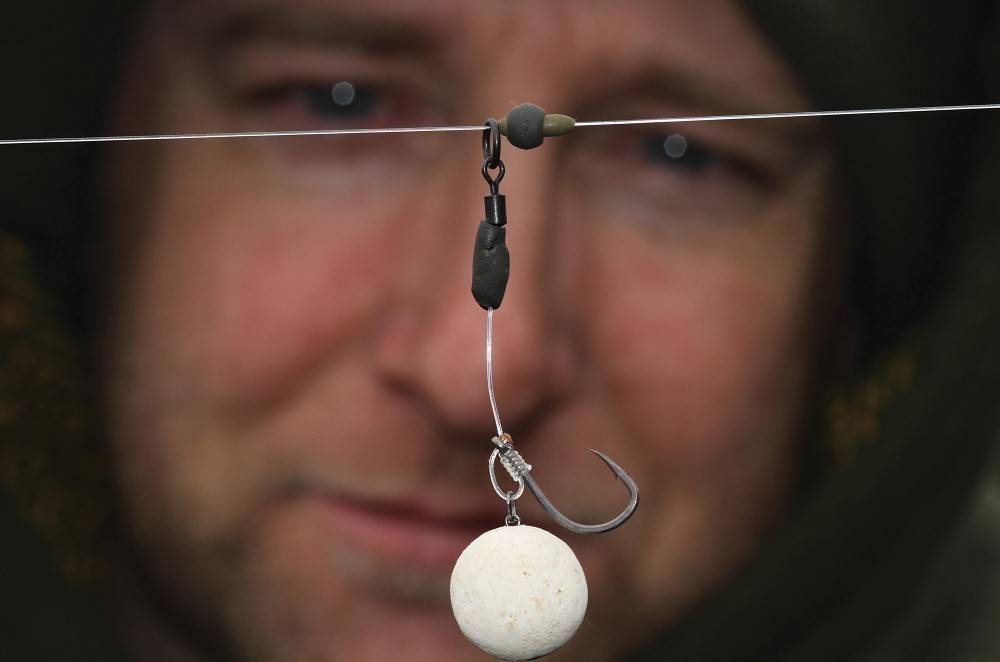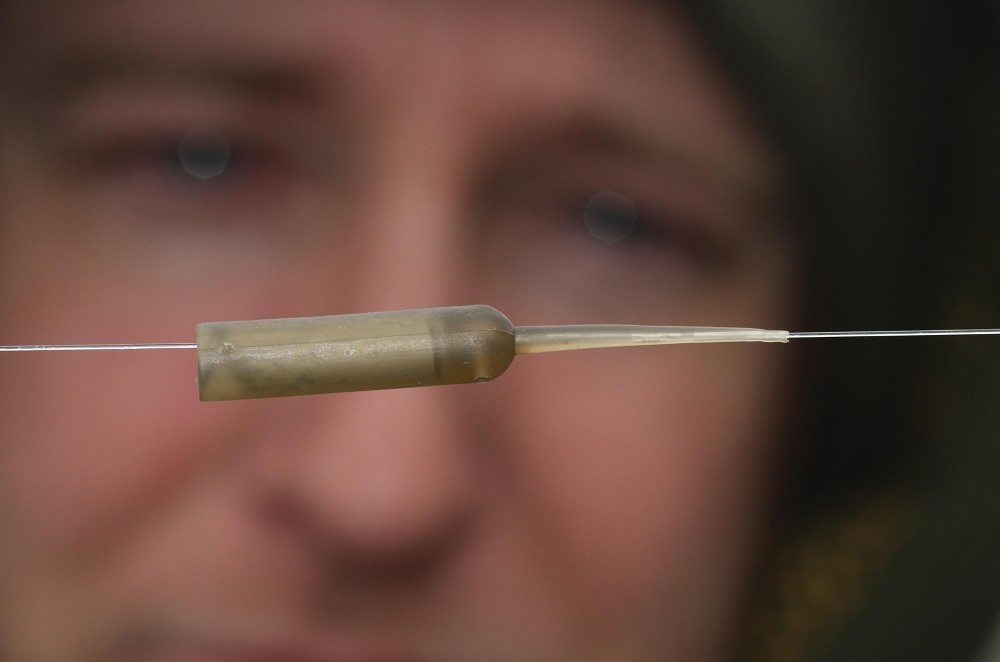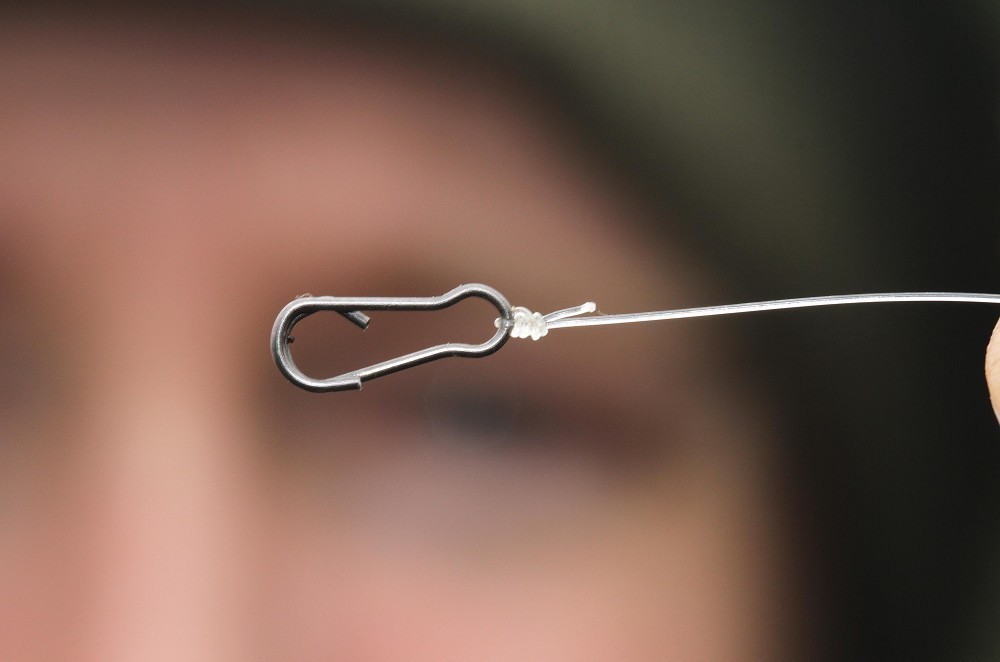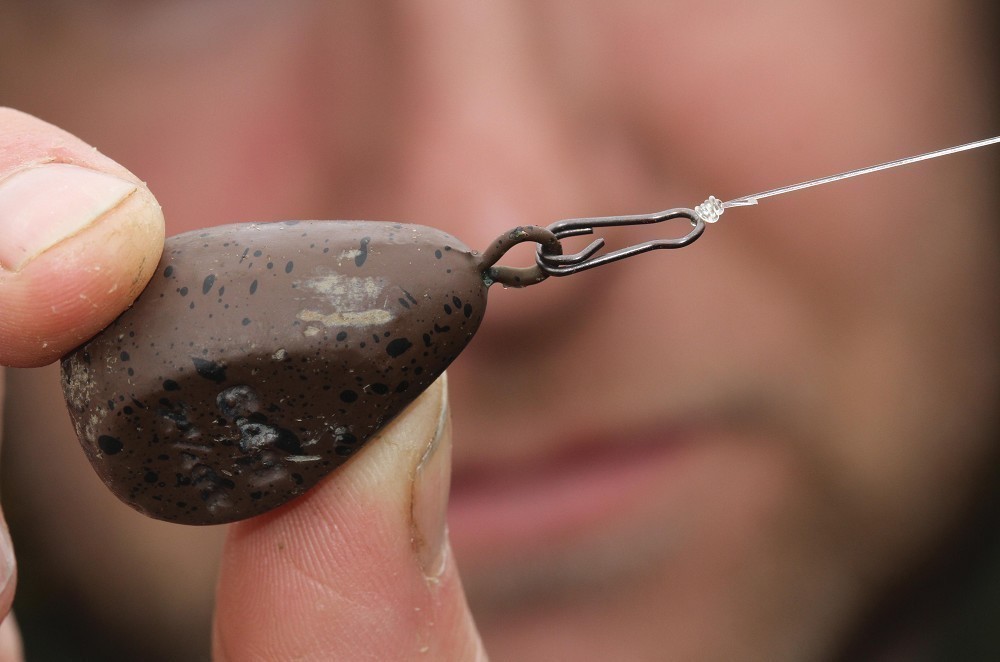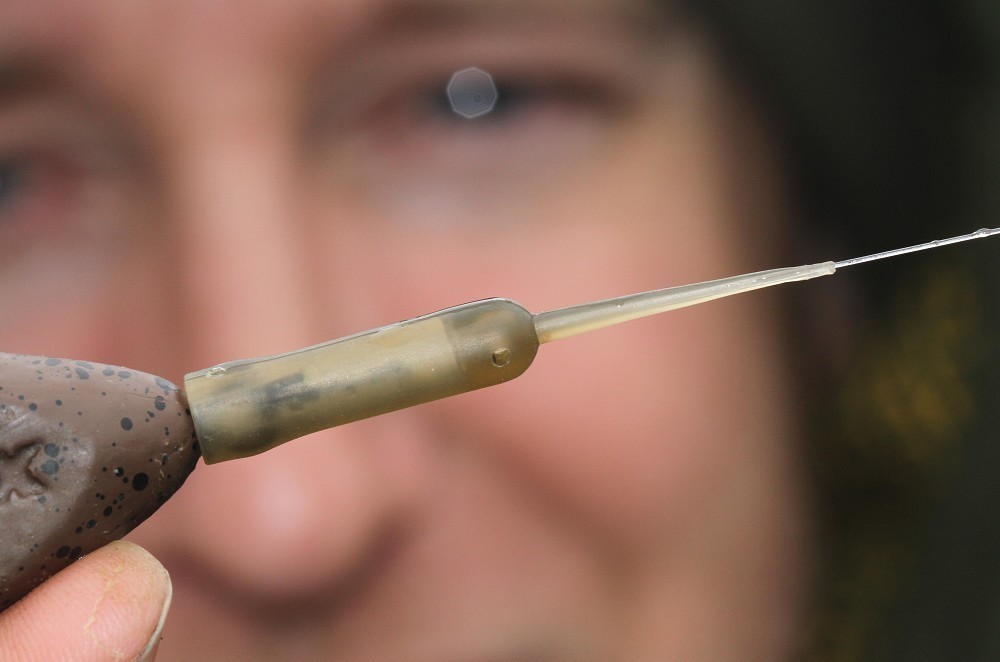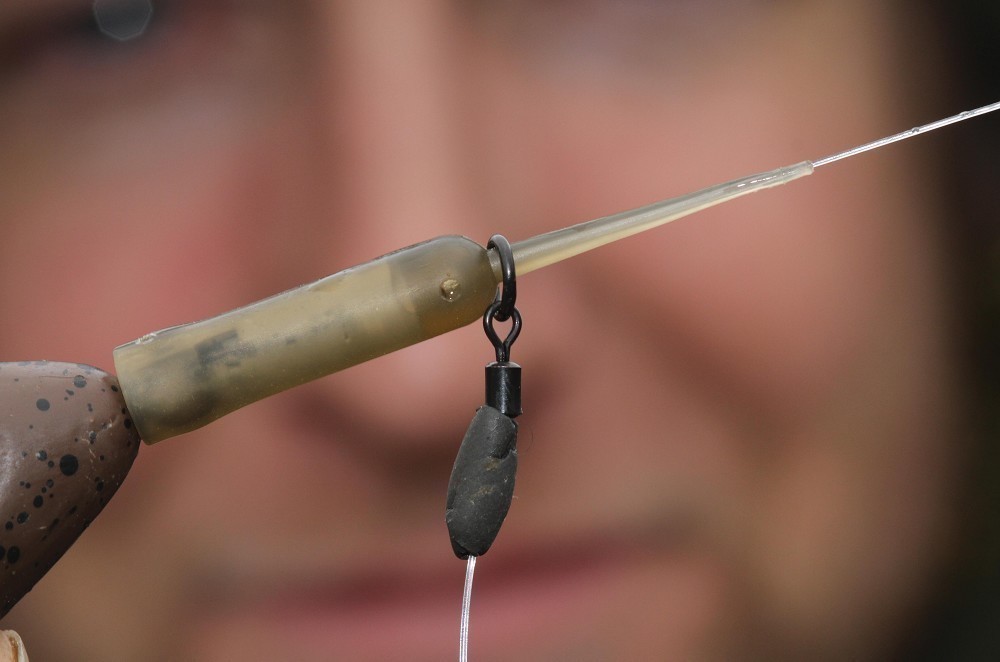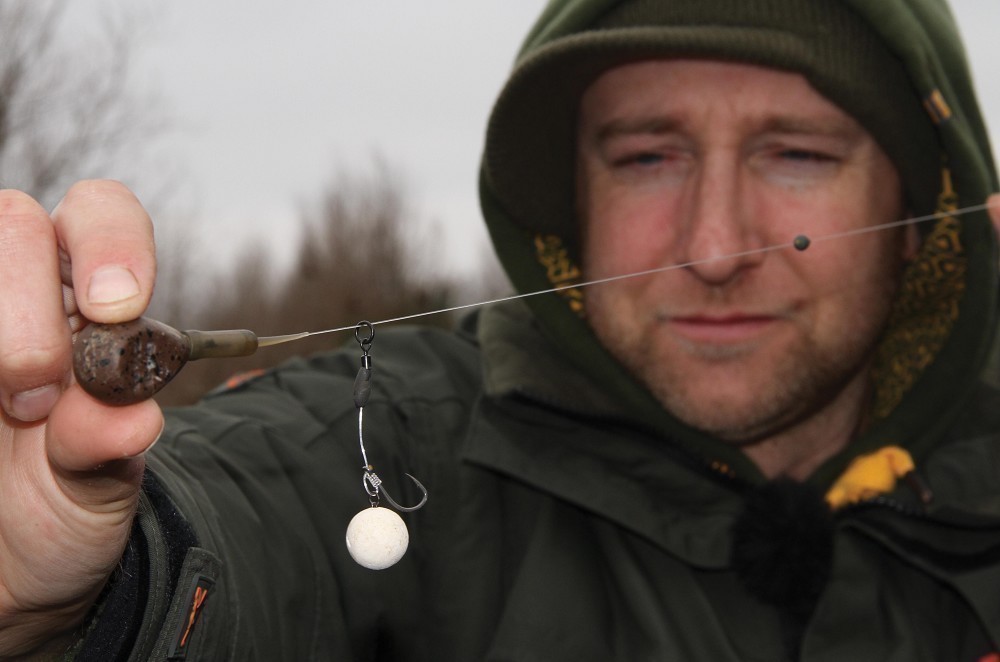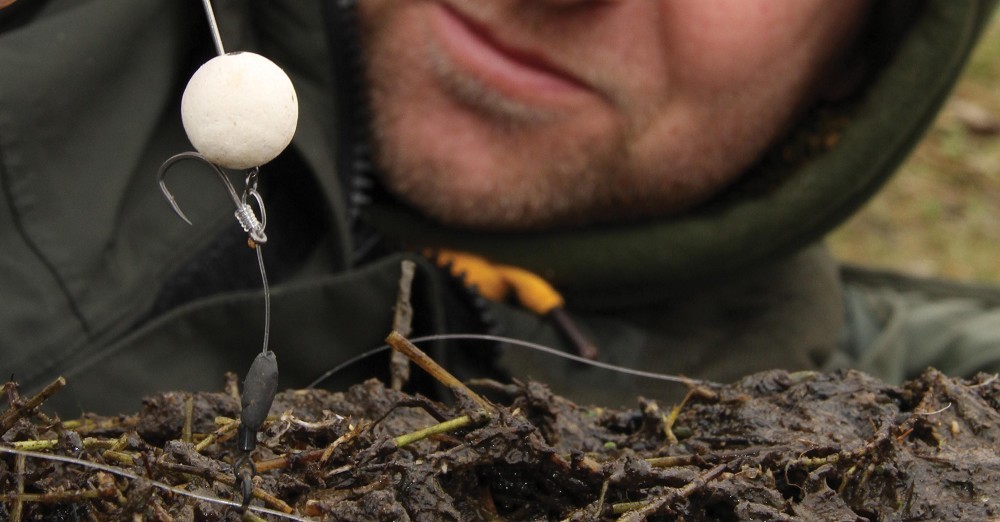
Digging in the dirt
Mark Pitchers takes a detailed look at how he approaches fishing venues that contain lots of silt...
Take any ‘established’ venue and you can be sure there will be areas of the lakebed comprising of silt and ‘chod’ (the word commonly used to describe a build up of debris, dead weed and detritus on the lakebed). Fishing the silty and choddy areas calls for different tactics compared to those employed when fishing other lakebed substrates such as clean gravel, clay or sand. The wrong approach applied in such circumstances can often lead to chances being squandered, so, in this feature I’d like to show you how and why I go about tackling these two often problematic lakebeds.
Silt as a whole
Silt is created by a variety of different processes, including dusty deposits that are transported via wind, erosion caused by moving water and the decay of organic matter such as weed, leaf debris and aquatic organisms. The longer these processes take place the greater the build up of silt deposits, hence why mature venues tend to contain a higher silt content. Due to the number of varying factors required to ‘produce’ silt, not only can the composition of the sediment vary from venue-to-venue, but it can also differ within the confines of a water body. At a time where anglers have become obsessed with feeling their lead down for a ‘donk’ or religiously searching for the telltale tap-tap of gravel on the marker rod, it’s the silty areas that repeatedly receive the least amount of angling pressure. Ironically, it is these often-overlooked features that can be the most regularly frequented by the carp. In venues where weed is less prevalent, it is the silty areas that tend to act as natural food larders and can harbour a whole host of aquatic organisms, from tiny insect larvae such as bloodworm, to more sizable items including snails and mussels etc.
Bad silt
Despite all its diversity, not all silt has the potential to harbour natural food items in abundance. The foul smelling black ooze that we are all familiar with is a potent concoction of rotting organic matter and in this stage of decay it contains elevated levels of methane, increased acidity and reduced oxygen. All of which not only mean poor conditions for the carp’s natural food items to thrive, but because the surrounding water will also be effected by this putrid silt, it is an area the carp could potentially avoid altogether.
Good silt
In complete contrast to this detritus we also have the ‘clean’, almost odourless sediment which is likely to have a higher mineral and oxygen content and generally all the necessary conditions needed to support aquatic life as well as being more favourable to the carp.
'Chod'
The term ‘chod’ has become the common descriptive term for areas of a lakebed that have debris, dead weed, thick silt etc. covering them. ‘Chod’ comes in many varying forms from fresh green weed, to thick black detritus to a covering of leaves on the lakebed. Locating ‘choddy’ areas is very easy: simply cast a marker float out into the lake and retrieve the lead on the lakebed as normal, if you feel the lead lock up on something and start to become much harder to retrieve the chances are you have stumbled across ‘chod’ of some description. Wind the lead in and have a look what debris is caught up around the lead and this will give you a fair idea of what the ‘chod’ is made up of and also how thick it is.
Silt is generally found in depressions on the lakebed such as deep gullies or at the base of steep-sided bars, as well as areas that are ‘influenced’ by undertow or water movement. On my own fishery for example the predominant wind is a south-easterly, and the areas with the largest silt deposits is in the northwest corner as this receives the greatest amount of debris carried in by the prevailing wind.
Finding and identifying these silty locations with a marker rod is generally transmitted back to the angler as the lead dragging steadily yet with a constant degree of resistance. It’s difficult to explain exactly in words, and it is something that you learn to read in time. Once I have identified a potential silty area I would then pop up the marker float and have several casts around the float with a bare lead. If the silt is of the rancid black variety then the lead with be tainted with that scent so my first job would be to give it the ‘sniff test’! Assuming it passes that test, by feeling the lead down as it hits the bottom would then enable me to ascertain the silt’s consistency (soft or firm), as well as its composition and also its depth in that particular location. If the lead plugs into the lakebed and requires some degree of effort to dislodge it then it will be thick silt, and all this information will help me in deciding what tactics to employ next.
Tackle and tactics
The helicopter rig set-up really does lend itself perfectly to fishing amongst silt and ‘chod’. The reason for this is because the top bead can be positioned at a set distance according to the depth of the silt or ‘chod’. This ensures that even if the lead sinks below the surface of the debris it will not pull the rig down with it and compromise the rig in any way.
A silt rig
Wherever possible I much prefer to fish the helicopter rig ‘naked’, directly onto 15lb Illusion XS fluorocarbon main line as I feel this provides much more in terms of ‘invisibility’ and concealment on smooth silty bottoms compared to leadcore in the same situations.
In terms of the actual rig itself, when fishing over light clean silt with little by way of bottom debris a reverse combi rig would always be my number one choice. The main section of the rig is constructed from 25lb braid which is the perfect material for the job. Not only does it sink incredibly well but it has a slight degree of stiffness to ensure a critically-balanced hookbait is always pushed away from the lead, yet it is still supple enough to follow the contours of the lakebed even if the lead sinks into the silt. The braid is then attached via a leader knot to a small one-and-a-half-inch section of 15lb Rigidity hooklink which is then tied to a size 8 Arma Point SR hook. I then use Chod/Withy Rig Bin to steam the short rigid section which enables me to create the perfect curve for enhanced presentation and maximum hooking potential.
On the lead front I like to use as light a lead as I can get away with for reaching my required distance, which reduces how far it will sink into the lakebed. Although some anglers may have concerns that a light lead will offer little resistance to assist in hooking the carp, even a small lead is likely to ‘plug in’ to some degree which will in turn provide that extra resistance to aid hooking.
PVA sticks
When fishing over silt at short- to medium-range I do like to incorporate the use of a very small PVA mesh Stick. The Stick mix simply consists primarily of groundbait and finely crumbed boilies to increase the food value of the mix. The slight difference with my mix is all the ingredients are used dry in order to create a very buoyant mix. This helps to create what some have dubbed a ‘parachute rig’ and once the lead has touched down on the lakebed the buoyant PVA Stick ensures the rig remains elevated and at its furthest most point from the lead against the top bead. Also, with the rig and hookbait raised above the lake they then gently descend onto any silt once the PVA dissolves. The reason I don’t employ this tactic when fishing at longer range is because the air resistance of the PVA bag can result in the top bead being dislodged and sliding back up the main line, so in these instances I simply substitute a PVA Stick for a nugget of dissolving foam which also has the same effect only without the added bonus of providing attraction around the hookbait.
What not to use on soft silt
In-line leads and coated hooklinks really aren’t the tools for this style of fishing, because if the lead sinks into the silt the stiff hooklink material will loop up resulted in a terrible presentation. Likewise, this is one of the few occasions when solid PVA bags will not come into play. A tightly-packed PVA bag is a heavy compact object and can easily descend into the soft silt and its contents be completely hidden from view.
Chod Rig
When fishing on the thicker ‘chod’ as opposed to the firmer silt I will replace my combi-rig for a short, stiff hook section, to create what is commonly known as a ‘Naked Chod Rig’. The hook section is constructed from 20lb Rigidity with a size 6 SR hook and a 16mm pop-up hookbait. The short rig with the buoyant bait on will fly up the line on the cast and on its descent through the water, this allows the lead to sink into the ‘chod’ leaving the slow sinking pop-up section to slowly flutter down on top of any debris below it, giving unrivalled presentation.
Hookbaits
My favoured hookbait for both of the rig mentioned would be a white pop-ups. I like to glug my baited rigs for a few moments prior to casting out to not only maximise attraction but to act as a barrier to prevent the hookbait absorbing any potential silty smells.
Bait application
As with presentation, the wrong baiting application can also cost you dearly when fishing on the soft stuff. Any background feed should be light enough to sit on the surface of the silt in order to remain visible. In deep silt situations I would dismiss the use of whole boilies as these could not only sink and disappear from view, but they could also potentially encourage the carp to feed below the surface of the silt itself. The groundbait that I use in my PVA Stick mix also features the basis of my baiting strategy. This lightweight mix sits on top of any lakebed or debris and due to its light colouration it stands out superbly against any dark silty backgrounds. Any additions to the mix would be suitably lightweight and these could include crumbed boilies, small pellets and casters. Also, and rather surprisingly, where there is very little debris present I have found a mixture of live and dead maggots to be a great addition to the mix. Although many would expect the live maggots to burrow in the silt I have not found this to be the case. Instead they just seem to crawl around on top of it, and in terms of attraction I have always felt that this additional movement adds a new dimension to a ‘static’ spod mix.
In closing...
Silt and ‘chod’ really is a mammoth topic to try and cover in a couple of thousand words but hopefully I have been able to cover enough to give you a good platform next time you encounter either of these two types of lakebed make-up. The safe option on any lake is to find some clean gravel and fish all of your rods on that area but believe me you could end up catching far more carp by being a bit braver and presenting your hookbaits amongst silt and ‘chod’.





